How Much to Tip a Fishing Guide: A Comprehensive Guide
Tipping fishing guides typically ranges from 15% to 20% of the total trip cost, reflecting service quality and effort. Adjust based on expertise, trip duration, and group size.
Tipping a fishing guide is a common practice to show appreciation for their expertise, effort, and the overall experience they provide. Guides often work independently, covering operational costs and enhancing your fishing trip. While there’s no strict rule, tipping 15% to 20% of the total trip cost is standard for good service. This reflects their skill, friendliness, and willingness to ensure a memorable experience. Factors like trip duration, service quality, and group size can influence the amount. Tipping is not just about the number of fish caught but about the guide’s dedication to making your day on the water enjoyable and successful. It’s a way to acknowledge their hard work and professionalism.
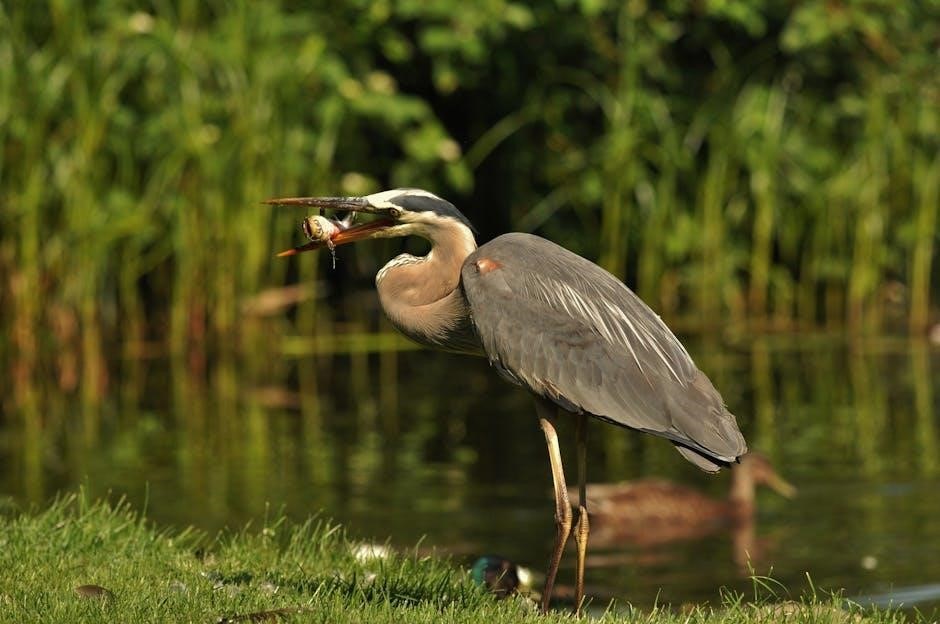
Factors Influencing the Tip Amount
The tip amount varies based on service quality, guide expertise, trip duration, and group size. Longer trips and exceptional service typically warrant higher gratuities.
Service Quality and Guide Expertise
Service quality and guide expertise significantly impact tip amounts. A knowledgeable guide who ensures a memorable experience deserves a higher tip, often 20% or more of the trip cost.
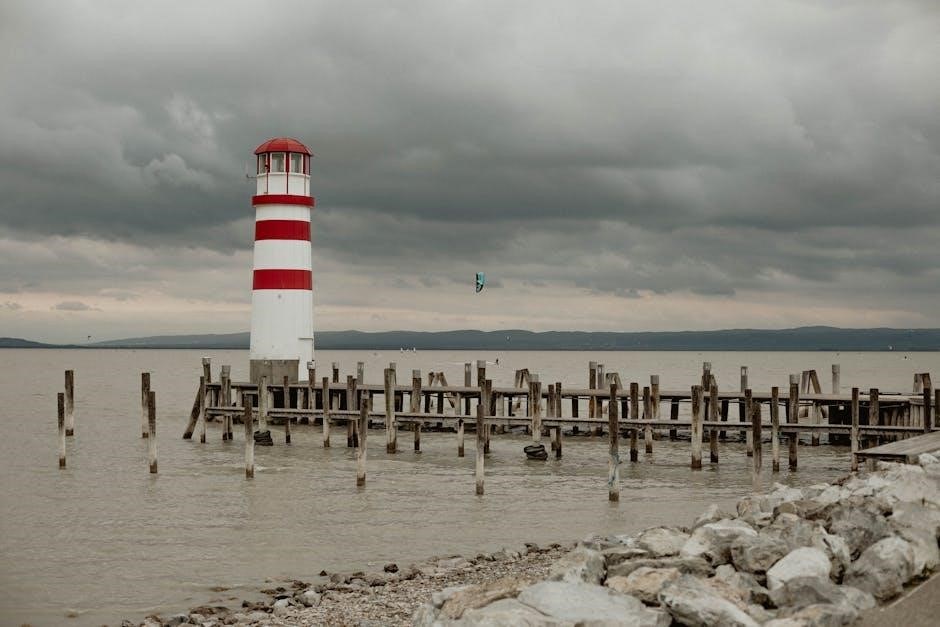
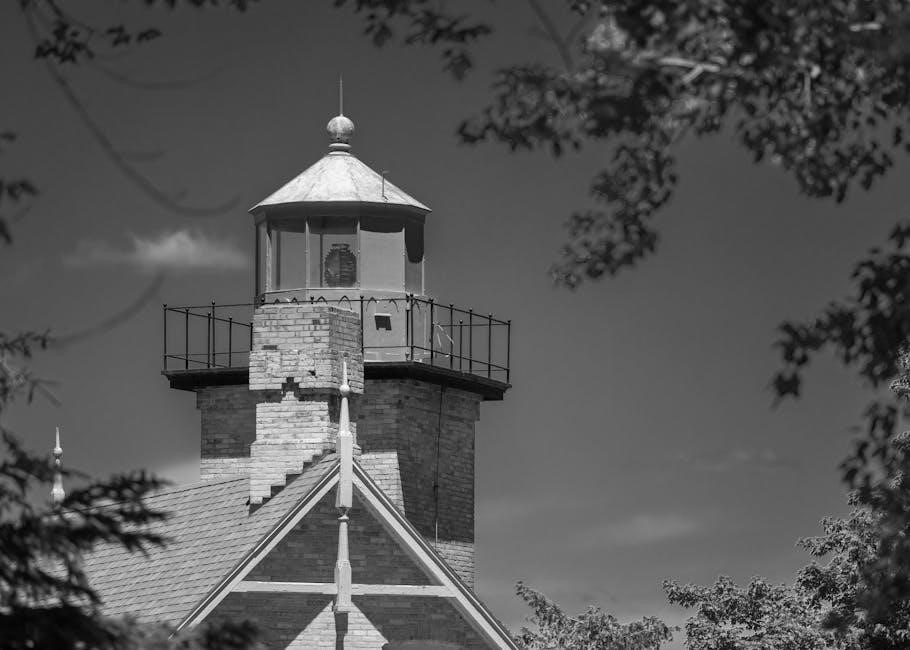
Trip Duration and Type
Trip duration and type influence tip amounts. Full-day trips typically receive higher tips than half-day excursions. For example, a full-day trip costing $500 might see a tip of $75 to $100. Charter trips lasting 8 hours often result in more generous gratuities compared to shorter 4-hour trips. The type of fishing, such as deep-sea or freshwater, can also affect expectations. Guides who lead longer or more specialized trips often warrant higher tips due to increased effort and expertise required. This ensures fair compensation for their time and specialized knowledge, enhancing the overall experience for anglers.
Group Size and Sharing the Tip
Group size plays a role in determining how tips are shared. For smaller groups, the tip is typically split evenly among participants. For example, in a group of four, each person might contribute $20–$30, resulting in a total tip of $80–$120 for the guide. Larger groups may allocate a percentage of the total cost, ensuring fairness. Regardless of group size, the tip should reflect the guide’s effort and service quality. Sharing the tip ensures everyone contributes fairly, especially on shared charters. This approach maintains harmony and ensures the guide is adequately compensated for their work. Clear communication within the group beforehand helps avoid confusion.
Standard Tipping Rates for Fishing Guides
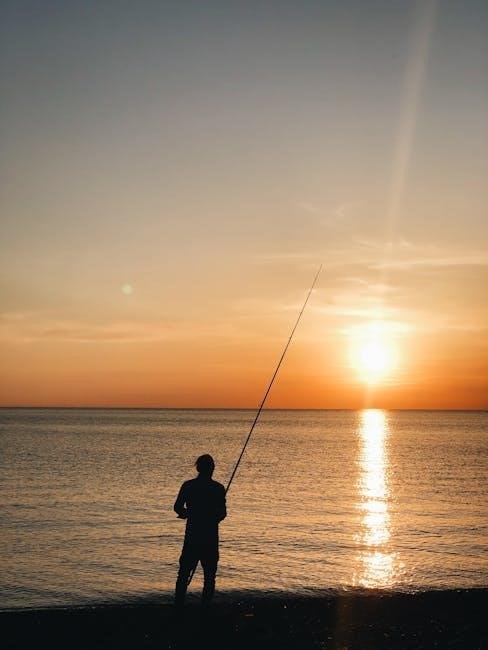
Standard tipping rates for fishing guides typically range from 15% to 20% of the total trip cost. For example, a $500 trip would warrant a $75–$100 tip.
Percentage-Based Tips: 15% to 20%
Tipping fishing guides typically ranges from 15% to 20% of the total trip cost, reflecting service quality and effort. For instance, a $500 trip would warrant a $75–$100 tip. This percentage-based approach ensures fairness and aligns with industry standards, accounting for the guide’s expertise, effort, and the overall experience provided. Calculating the tip based on the total cost allows for consistency, whether the trip is short or long, and it also considers the guide’s operational expenses. Adjustments can be made based on exceptional or subpar service, but 15%–20% remains the widely accepted benchmark for showing appreciation and supporting the guide’s livelihood.
Minimum Tip Amounts
While percentage-based tips are standard, establishing a minimum tip amount ensures fairness, especially for shorter or less expensive trips. A common rule of thumb is to tip at least $100 per day, even if the calculated percentage falls below this threshold. This ensures guides receive fair compensation for their time and effort, regardless of trip cost or duration. For example, if a half-day trip costs $200, a 15% tip ($30) would be below the minimum, so tipping $100 is more appropriate. This approach respects the guide’s work and operational expenses, ensuring a fair income regardless of the trip’s specifics. Minimum tips also apply when service is subpar, as withholding them entirely is discouraged.
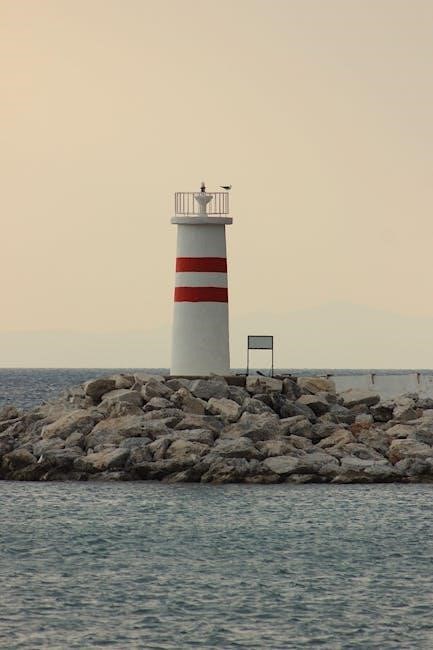
When to Adjust the Tip
Adjust tips based on service quality, guide expertise, and overall experience. Increase for exceptional service or going above and beyond; decrease only for subpar performance or poor attitudes.
Exceptional Service: Increasing the Tip
If your fishing guide exceeds expectations, consider increasing the tip. A 20-25% tip reflects outstanding service, such as additional instruction, effort, or ensuring a memorable experience. Show gratitude for dedication and excellence.
Poor Service: When to Reduce the Tip
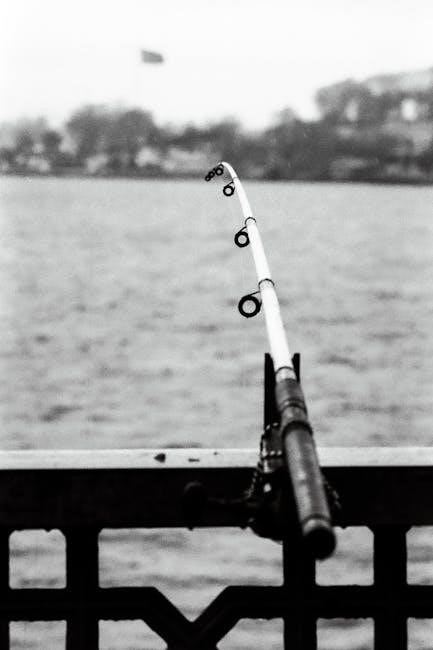
If the service provided by your fishing guide is unsatisfactory, it may be appropriate to adjust the tip downward. A tip below 15%, such as 10%, can reflect dissatisfaction. However, even in cases of poor service, it’s customary to leave at least $50 or 10% of the trip cost to acknowledge their time and effort. Avoid tipping nothing, as this can be perceived as disrespectful. Instead, consider providing constructive feedback directly or to the outfitter. Remember, tipping is a way to express gratitude, but it should also align with the quality of service received.
Tipping Etiquette
Always present the tip discreetly, preferably in cash, at the end of the trip. Ensure the captain and mate receive their fair share, as both contribute to your experience. A standard 15-20% gratuity is customary, but adjust based on service quality. Avoid basing tips solely on the number of fish caught, as guides cannot control catch rates. Clear communication and respect are key to maintaining positive tipping etiquette.
How and When to Present the Tip
Present the tip discreetly at the end of the trip, preferably in cash, to ensure the guide receives it fully. Offer the tip directly to the captain or split it between the captain and mate, depending on their involvement. Avoid basing the tip on the number of fish caught, as guides cannot control catch rates. Instead, focus on their effort, expertise, and service quality. If dissatisfied, consider discussing concerns with the guide or operator rather than reducing the tip. Aim for a standard 15-20% gratuity, adjusting based on service. Clear communication and respect are essential for maintaining positive tipping etiquette.
Tipping the Captain vs. the Mate
Tipping the captain and mate should be based on their individual contributions to your trip. If both provided exceptional service, consider splitting the tip fairly, with the captain typically receiving a larger share. For example, if the total tip is $100, the captain might receive $60-$70, and the mate $30-$40. If the captain is the sole operator, the entire tip goes to them. Always ensure the mate is included if they assisted actively, as they often rely on tips for income. Clear communication with the captain about how the tip is distributed can ensure fairness for both crew members.
Combining the tip into a single amount and letting the captain distribute it is also common and acceptable, as they understand the crew’s efforts. This approach simplifies the process and ensures harmony among the team.
Thank you for your attention to this important aspect of fishing charters!